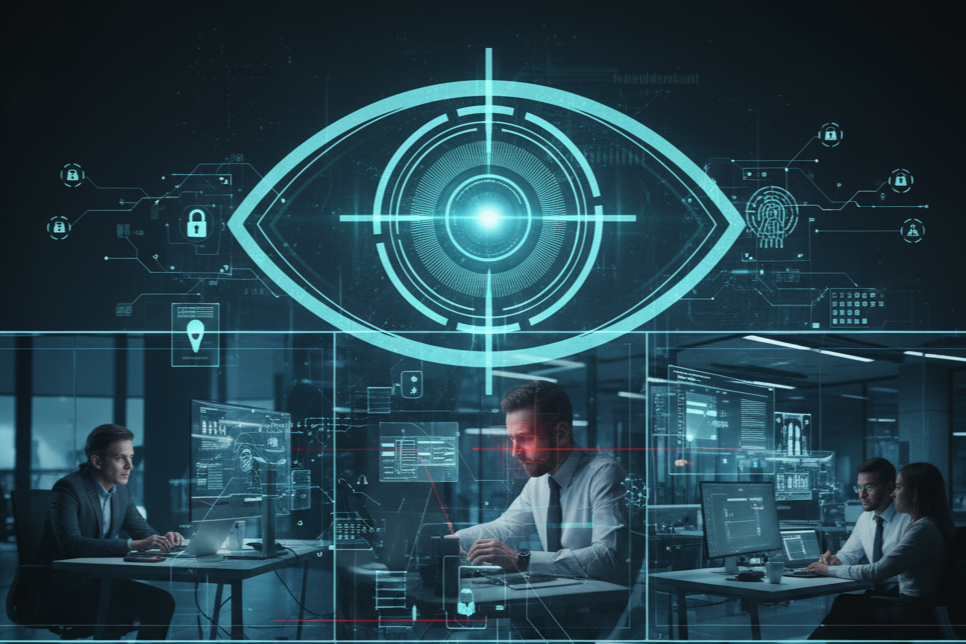AI-Powered Drone Revolution: Safety, Mapping, and Industry Use
- SystemsCloud

- Sep 29
- 3 min read
Artificial intelligence has taken drones from hobby tools to critical assets in safety, mapping, and environmental work. By integrating LiDAR, thermal sensors, and edge AI, drones now process data in real time and support industries that require speed, accuracy, and situational awareness.

This guide explains how AI-integrated drones work, where they are used, and why they are changing the way organisations operate.
What Is an AI-Powered Drone and How Does It Work?
An AI-powered drone combines sensors with machine learning models that analyse data onboard (edge AI) or in the cloud. This allows drones to act on information instantly rather than waiting for human review.
Key components:
LiDAR: builds precise 3D maps of terrain, structures, or disaster sites
Thermal cameras: detect heat signatures for safety and inspection tasks
Edge AI: processes data in real time, reducing latency and dependency on internet connection
Summary table:
Component | Purpose | Example Use Case |
LiDAR | 3D mapping | Infrastructure inspection |
Thermal sensor | Heat detection | Search and rescue |
Edge AI | Onboard processing | Immediate hazard alerts |
How Are AI Drones Improving Public Safety?
Public safety agencies in the UK and abroad use drones to reduce risk for responders.
Search and Rescue: Thermal drones locate missing people in forests or collapsed buildings at night.
Disaster Response: LiDAR maps earthquake or flood zones, helping teams plan safe entry points.
Crowd Monitoring: AI analyses crowd movement to spot bottlenecks or hazards at events.
Why it matters: Faster information means quicker decisions, reducing risk for both responders and the public.
Why Do Infrastructure Teams Use AI Drones for Inspections?
Traditional inspections require scaffolding, cranes, or shutdowns. AI drones cut cost and time by providing high-resolution, real-time analysis.
Energy: Thermal sensors detect overheating power lines before faults occur.
Construction: LiDAR scans track building progress against design plans.
Transport: Bridges and rail tracks are monitored without closing them to traffic.
Direct benefit: Lower operational cost and fewer interruptions to service.
For SMEs involved in facilities or property management, drones can be an accessible way to identify risks before they become expensive failures.
How Do AI Drones Support Environmental Monitoring?
Environmental teams now deploy drones to collect data across wide areas quickly.
Forestry: LiDAR maps canopy height and biomass for conservation projects.
Wildlife: Thermal sensors track animal populations without disturbing them.
Agriculture: Edge AI analyses crop health and soil condition to guide planting or irrigation.
Case example: In 2024, the UK Environment Agency reported faster wetland mapping by using drones with LiDAR, reducing survey time by over 70 percent.
Why Are AI Drones More Effective Than Manual Methods?
Speed: Data collected and processed within minutes
Accuracy: Sensors reduce human error and guesswork
Safety: Inspections and surveys carried out without putting people at risk
Cost: Fewer site visits and reduced need for heavy machinery
Where Does This Fit With Business Technology?
AI-powered drones are one example of intelligent workflows changing industries. They connect with broader conversations on:
By linking drone adoption to existing digital strategies, SMEs can use the same principles of automation and real-time insight.
What Should Companies Do Next?
Assess whether inspections, surveys, or monitoring tasks could be improved with drones
Identify sensor types needed (LiDAR for mapping, thermal for heat detection)
Start small with one process and measure time or cost savings
Ensure compliance with UK drone regulations and data protection standards
AI-powered drones are now practical tools in public safety, infrastructure, and environmental monitoring. Equipped with LiDAR, thermal imaging, and edge AI, they give teams faster data, safer operations, and better outcomes.
For organisations of any size, the question is no longer if drones can help, but how soon they should be added to the toolkit.








Comments